Sung Joon Yun
Mass Transit systems have created a vital part of circulation within the city. These long underground tunnel systems manage the dense urban lives daily. Each city’s metro system differs according to their city planning and cultural sites. Each unique urban context from its city shapes the mass transit network and system. The mass transit provides an efficient way of travel and creates spaces such as plazas, entrances, platforms, and exits which gives opportunities for urban public spaces. To explore the values of public space in cities, I will compare city’s underground metro railways and buildings surrounding the transportation systems.
I had the opportunity to travel this semester in Fall 2021 to explore the European city’s mass transit system. The cities were selected accordingly to the covid regulations and protocols from each country. During each trip covid regulations and guidelines were strictly followed during each country’s visit. Most of the trip had lasted during the weekends to explore the city’s iconic sites and architecture through the Metro system.
BARCELONA
This autonomous city located in northeast coast of Spain prides for its socialist politics and Catalunya identity. The metro system is an extensive network which connects both the mountains and the sea. Many of the sites surrounds the iconic markets, and many historical sites and neighborhoods are connected through either the city (TMB) or the autonomous community of Catalonia (FGC). Many metro stations in Barcelona are located underneath iconic historical sites and neighborhoods. Barcelona’s geography is an important tool for directions. Locals do not navigate with cardinal directions. They locate and navigate themselves around mountain (“muntanya”) and sea (“mar”).





PARIS
Paris is known for its touristic attractions and long history within their mass transit systems. One of their first mass transit system dated back during the early 1800s with its carriage and horses. Paris has an extensive metro system that is often confusing to navigate throughout without google maps or a map. The interior systems are also a challenge since most of the entrance and exits underground are one way. Besides the structure of the metro system, there is a mixture of styles in designs from the art-nouveau entrance signs to the modern shell seats on the platform. The combination of the different styles of modern objects in old entrances and structures of history earns its title as culturally rich metro system.





While most stations are cladded with advertisements and announcements while some significant sites are contributed with murals and objects. Each station with cultural or historical significance to the country has a themed version. The overall organization of the stations and the ticketing are organized by zones which allow commuters to travel outside of the city centers in Paris.






MADRID
The capital city is known for its historically rich plaza spaces to the public. There are multiple plaza spaces in an urban area with large gardens. Madrid contrasts starkly with Barcelona. The geography is landlocked, but it has a river flowing on the east side of the river. Many greenspace projects have been taken place by the river to revitalize the areas.


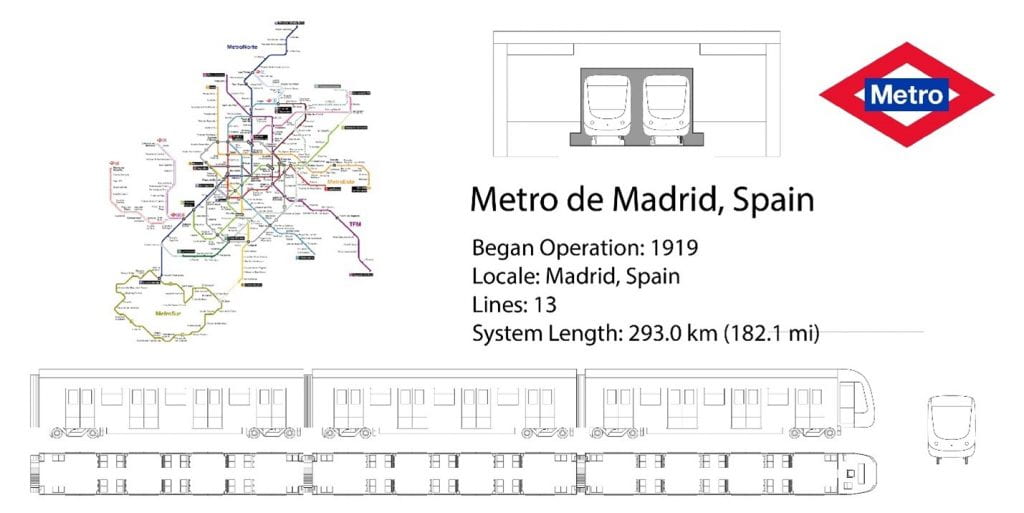

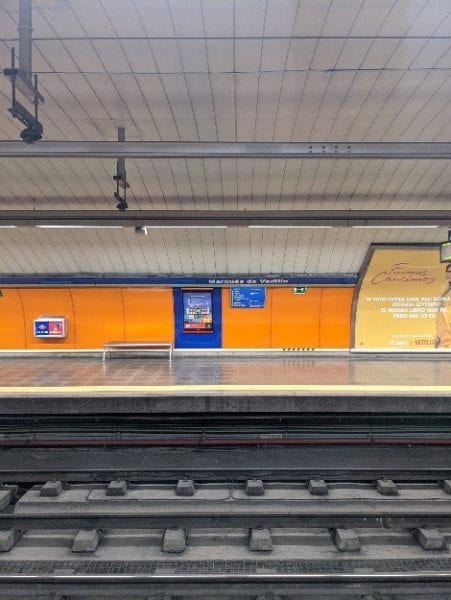

MILAN
Milan is a fashion rich city boasts its Italian designer brands on its storefronts in its city center. Like the organization of the Paris Metro, the Milan Metro also follows the zoning rings to organize the fare and metro train lines.

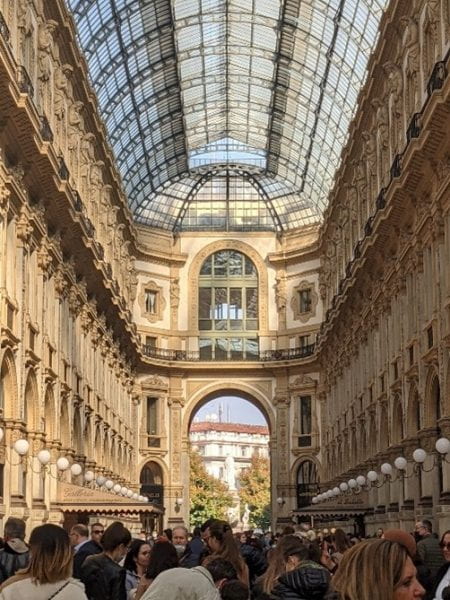










VENICE
Venice is unique from the rest of the mass transit systems. It is located off the coast of mainland Italy. No cars can be seen in this canal city. The only way to travel is either on foot or on boats. There are water taxis and gondolas for direct routes around the canals. Venice has a unique mass transit system using water buses with multiple routes connecting its surrounding islands. Moving on foot is the most ideal since you can drift and explore through the city. However, if time is short, a water bus could take you to most of your destinations.






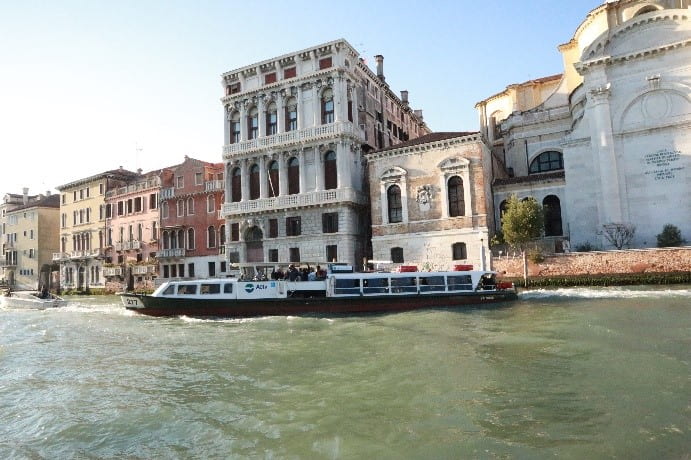



MUNICH
The capital of Bavaria is known for its annual Oktoberfest beer festival, beautiful public gardens, and palace with old baroque paintings. Munich has both its older buildings and newer structures. The destruction by war has led recreation of old buildings with newer materials such as concrete instead of stone. There are some buildings that has a massing of an old baroque building but when closely examined it is constructed with newer materials with painted brick patterns. The area of Old Town has many old buildings and symbolism in the area’s infrastructure. Much of the manhole covers and coat of arms have a monk holding the Bible and a beer stein. Much of the sightseeing in the city can be achieved by taking the U-Bahn and walking.






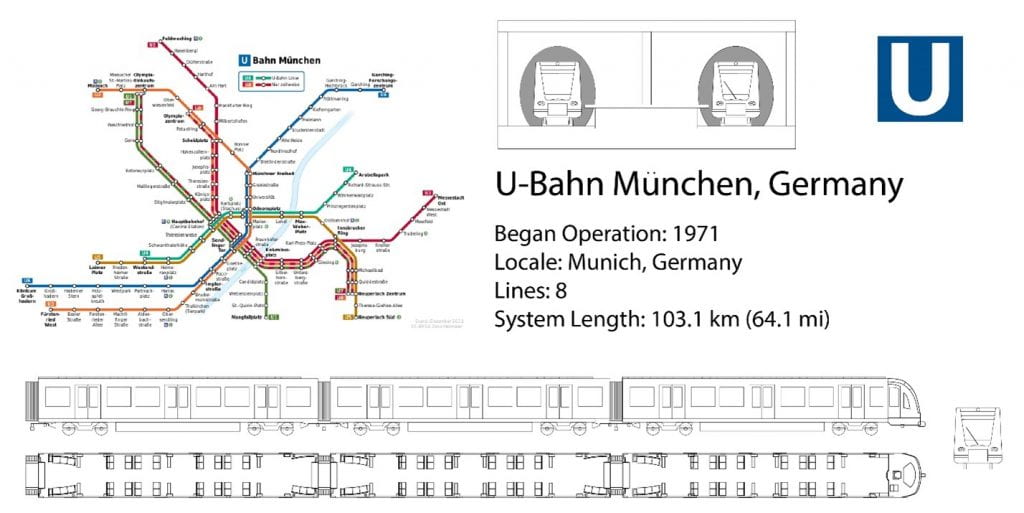

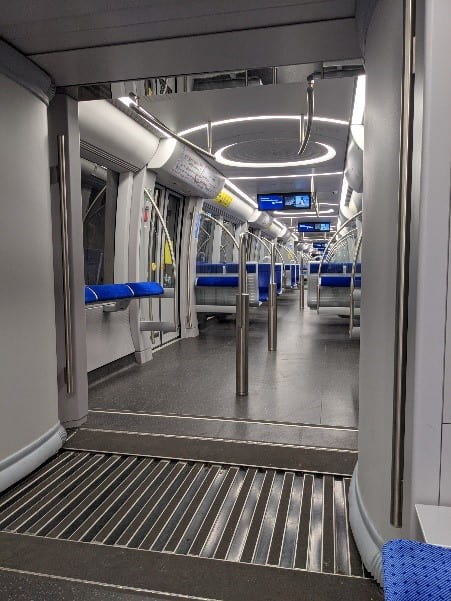



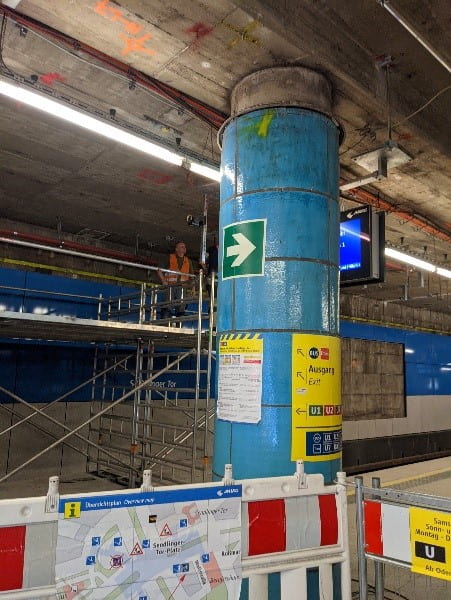



Conclusion
Overall, travelling in cities by metro made it easier to plan and explore the cultural and historical sites. Most of the sightseeing locations in the city are placed near a metro station. The proximity of the historical sights and metro stations make it an ideal place for tourists to explore. Due to heavy ridership and the pandemic all trains are kept in a clean condition and sanitized often. Some trains were in maintenance, so commuters had to empty the train and take the next train while the train was being cleaned. The protocols are different for each city due to the country’s regulation and guidelines for the pandemic, but the heavy ridership and urban population’s dependency on mass transit system creates a safe and accessible option to travel.
